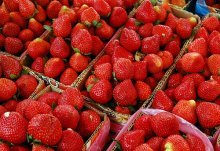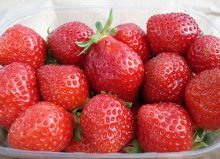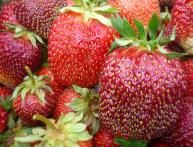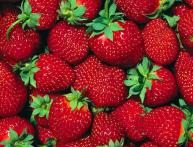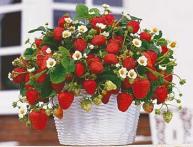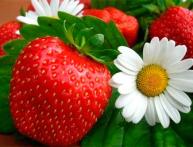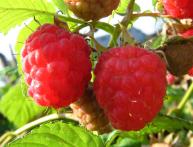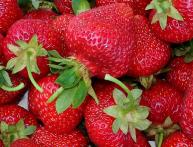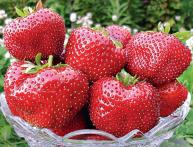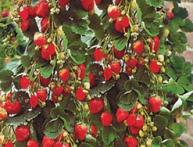Lambada strawberries are the best choice for those who want to get a quick harvest

When spring comes into its own, gardeners and gardeners can’t wait to pamper themselves and their loved ones with natural products from their own plot. And, if several decades ago one could only dream of the aroma of fresh strawberries, which are officially called garden strawberries, at the beginning of May, now, thanks to the efforts of breeders, early varieties of these berries have appeared. Very common among them are “Zarya”, “Camarosa”, “Stranger” and, of course, “Lambada”. Moreover, the latter is becoming more and more popular every year due to its bright aroma and unsurpassed taste.
Content:
- Main properties of the variety
- Planting and growth conditions
- Possible difficulties during cultivation
Main properties of the variety
"Lambada", bred in 1982 in the Netherlands, successfully grows both in greenhouses and in open ground, without requiring special care. The bushes usually grow tall, with few leaves. Strawberries of this variety quickly reproduce with tendrils and are characterized by the following basic properties:
- average yield,
- high frost resistance,
- abundant flowering.
It is worth noting that already in the first half of May it can please diligent gardeners with large, bright red, conical berries with a strong strawberry aroma. The pulp of "Lambada" is light red in color, medium in density, the weight of one berry is approximately 20 grams.Due to its excellent taste, this strawberry variety is often used to prepare various confectionery products.
Planting and growth conditions
Before planting, plants must be stored at 0 -2°C. To get a good harvest, experienced gardeners recommend planting as densely as possible.
It is best to choose light and medium soils with an acidity pH of 5.0–6.5.
When preparing the soil, organic and mineral fertilizers are applied: the first type of fertilizer needs 5-6 kg per 1 m², and the second type - up to 40 g/m². Planting is also preceded by deep digging of the site and settling of the prepared soil. It is advisable that the seedlings get as much sun as possible. She also needs regular watering, especially in dry weather, in addition, loosening the soil and removing weeds is recommended.
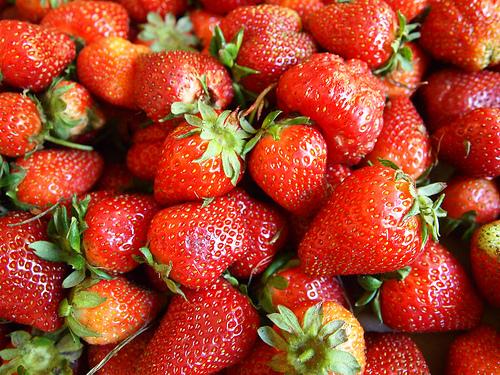
Possible difficulties during cultivation
Experienced gardeners say that there are practically no difficulties with Lambada. This garden strawberries is a fairly strong variety. It is very resistant to verticillium wilt and gray rot; brown and white spots, as well as heart rot, are also practically not scary for her.
Attention should be paid to powdery mildew, which sometimes affects this variety of berries.
If severe damage occurs after harvesting, the leaves are mowed, and then fungicides are applied, fertilizing with boric acid or zinc sulfate and watering are performed. Before flowering, after harvesting and then again after two weeks, treatment against powdery mildew copper-soap emulsion, soda ash, colloidal sulfur or other fumes, it is important not to forget about the necessary safety measures.
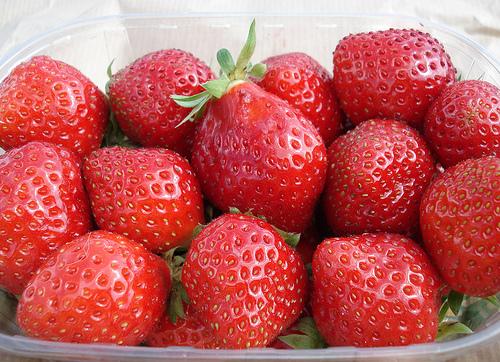
Following these simple recommendations is enough to enjoy delicious ripe berries in May. Follow them, and then the Lambada strawberries will live in your beds for a long time!

